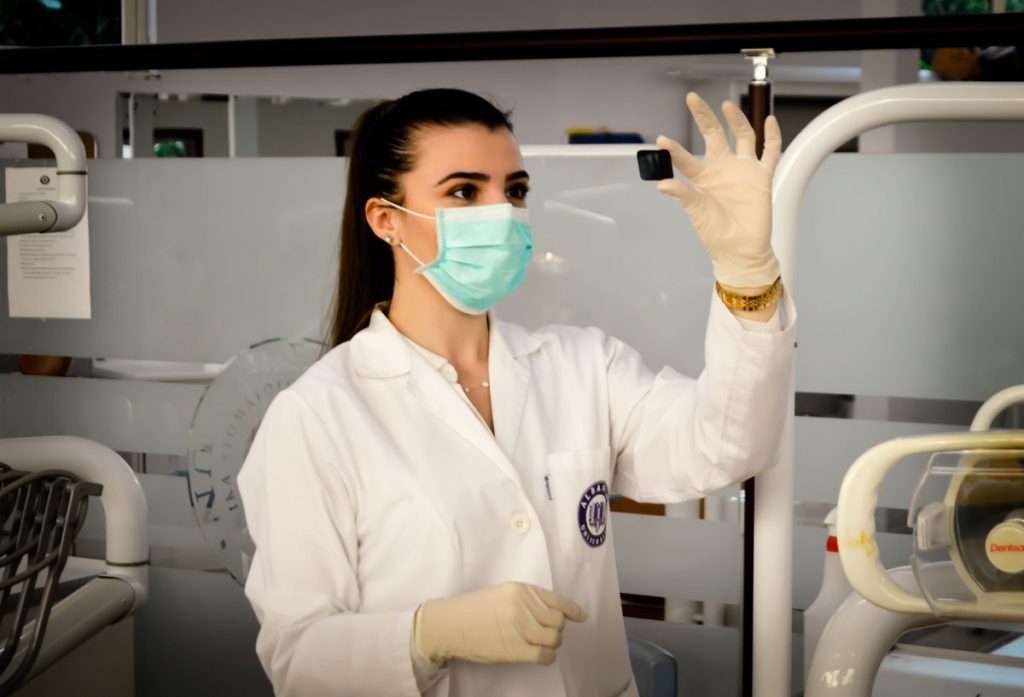Every doctor and medical professional has a duty to follow: to first do no harm. The first step toward meeting this duty is to determine an accurate and timely diagnosis of a patient’s condition. When a doctor misses this step entirely, it jeopardizes a patient’s life. When it occurs more than it should, it also endangers the credibility of the medical professional and the practice.
Misdiagnosis by the Millions
Medical diagnostic mistakes occur more than you may think. Twelve million people are affected every year in the US; one in 20 adults, according to a BMJ Quality and Safety report. The report states half of the errors committed are “potentially harmful.” When a patient is initially told, for example, that the pain in their throat is due to acid reflux but later on is told it’s cancer, it may be too late for conservative treatment.
A separate report from the Society to Improve Diagnosis in Medicine quantifies just how potentially harmful such misdiagnoses are: 40,000 to 80,000 people die every year from inaccurate and late diagnosis. Some suffer lifelong disabilities.
Medical misdiagnosis is highly probable when a patient has a rare disease, and the doctor misses it because they think about the most likely diagnosis. It’s what medical schools teach; when you hear hooves, it’s horses — not zebras. Although this approach to diagnosis works in some cases, in others, it could be detrimental. The medical community has enough case studies of patients with rare diseases that “the zebra” should never be discounted during a complex consultation.
This approach is not just in the best interest of the patient, but the practice as well.
Billions Wasted
The financial impact of a wrong diagnosis hits the patient and health care industry as a whole. A patient exhausts financial resources, from a health care insurance to a medical fund. Unnecessary expenses could go toward unnecessary tests and procedures. And more money may have to be spent on treatments and medicines because what was identified as a simple case of acid reflux turns out to be cancer.
Multiply that case of misdiagnosis into millions, and the result is $750 billion wasted on superfluous services (at 27 percent) and various inefficiencies (from inefficient delivery care at 17 percent to excess administrative costs at 24.8 percent), according to the Institute of Medicine. This takes into account what people and businesses spend on health care in America.
The Value of Expert Opinion

The medical community is doing something to reduce the rate of misdiagnosis. The use of innovative equipment and tools to determine accurate diagnoses is one. The inclusion of other medical professionals, from the pathologist to the radiologist, into the diagnostic team is another. And the consistent as well as active involvement of family members in the diagnostic process and treatment is also added into the mix.
On their own, patients are encouraged to get a second opinion. When a primary physician is faced with a particularly perplexing set of symptoms, with too many potential diagnoses, they may refer the patient to a specialist. A specialist, especially of rare diseases, will be up-to-date on research, clinical trials, and treatment options.
A misdiagnosis impacts the patient and the health care provider, with the former feeling the most immediate effects — financially and physically. A resolution, therefore, is in the best interest of both parties.

